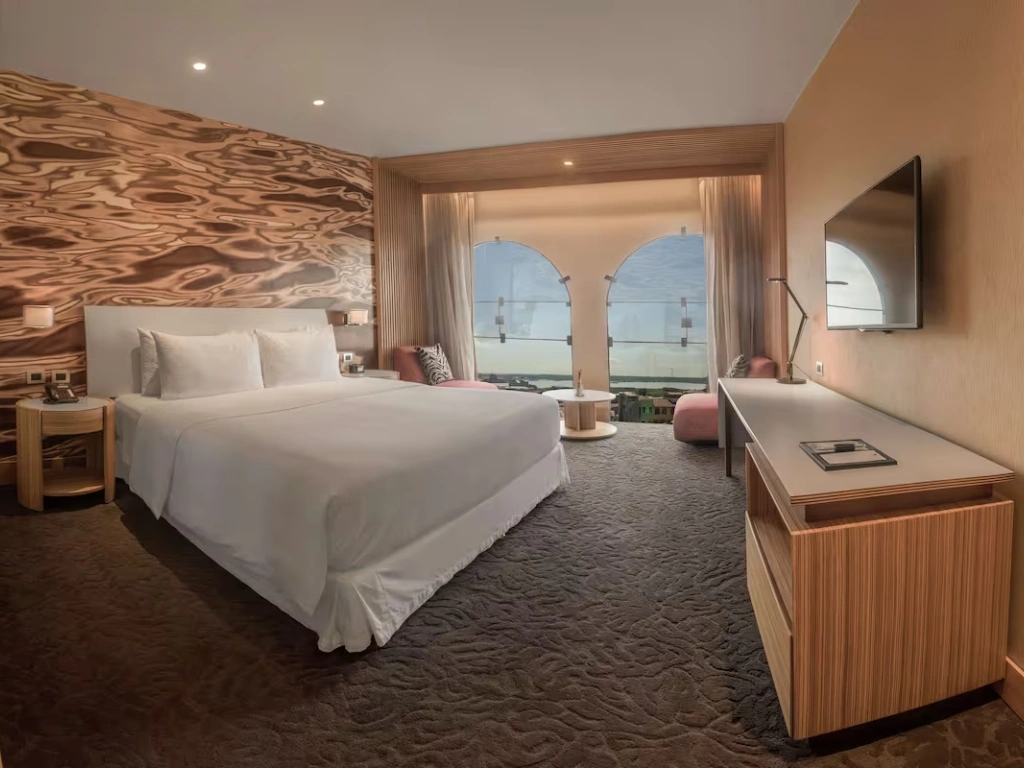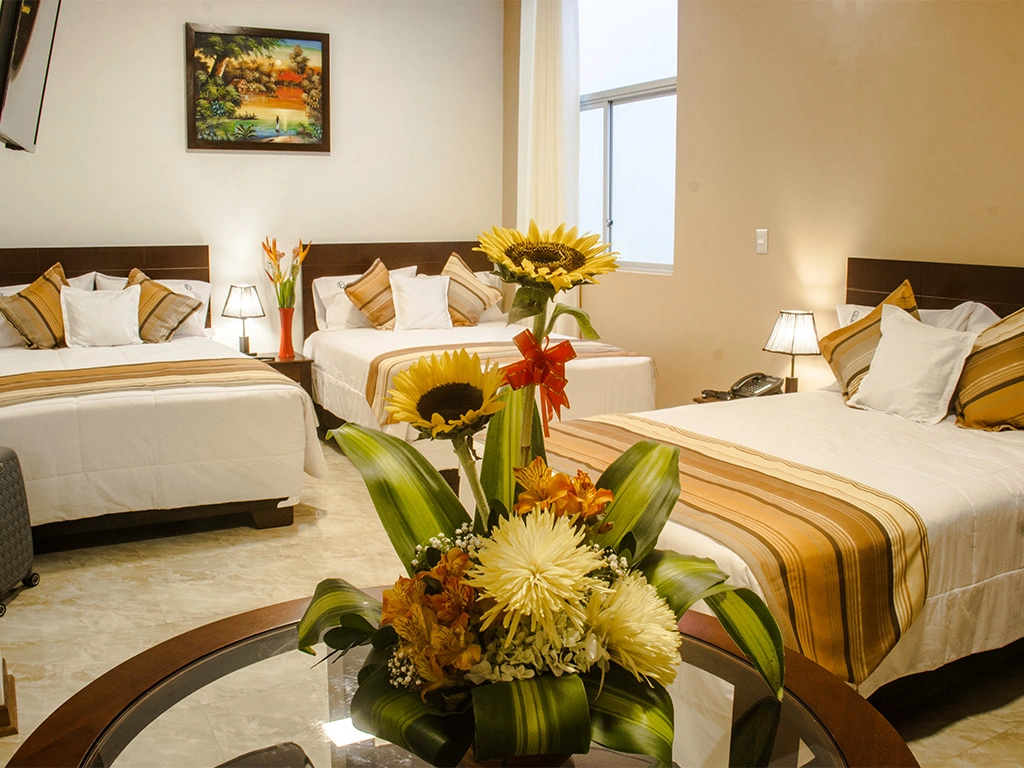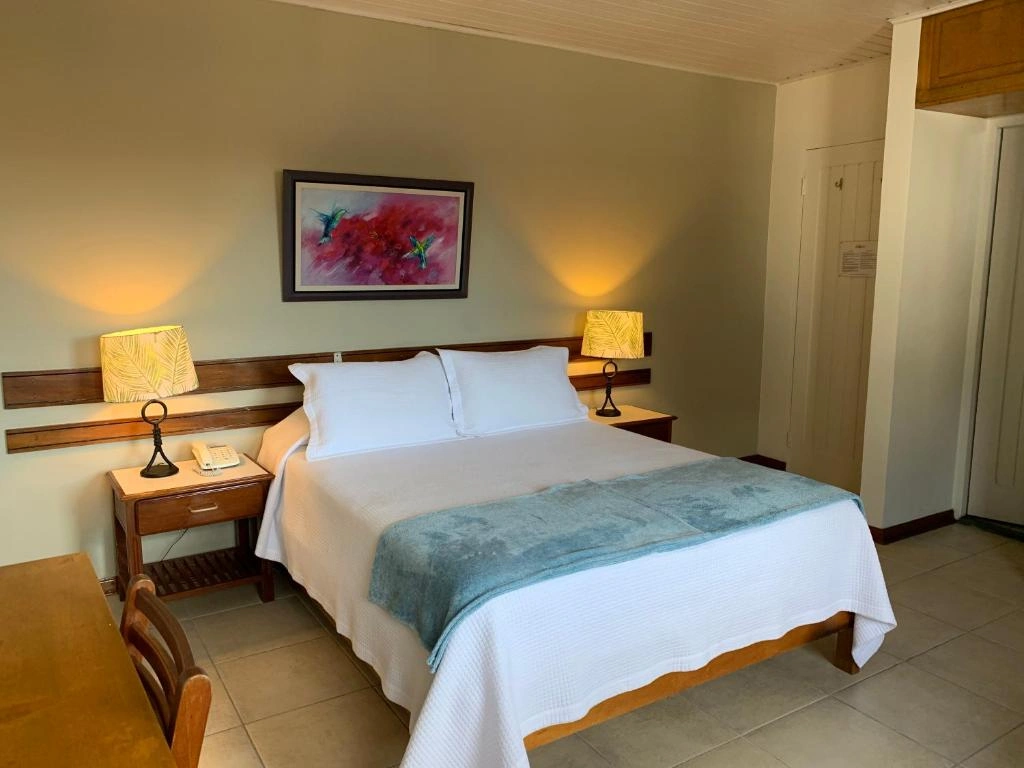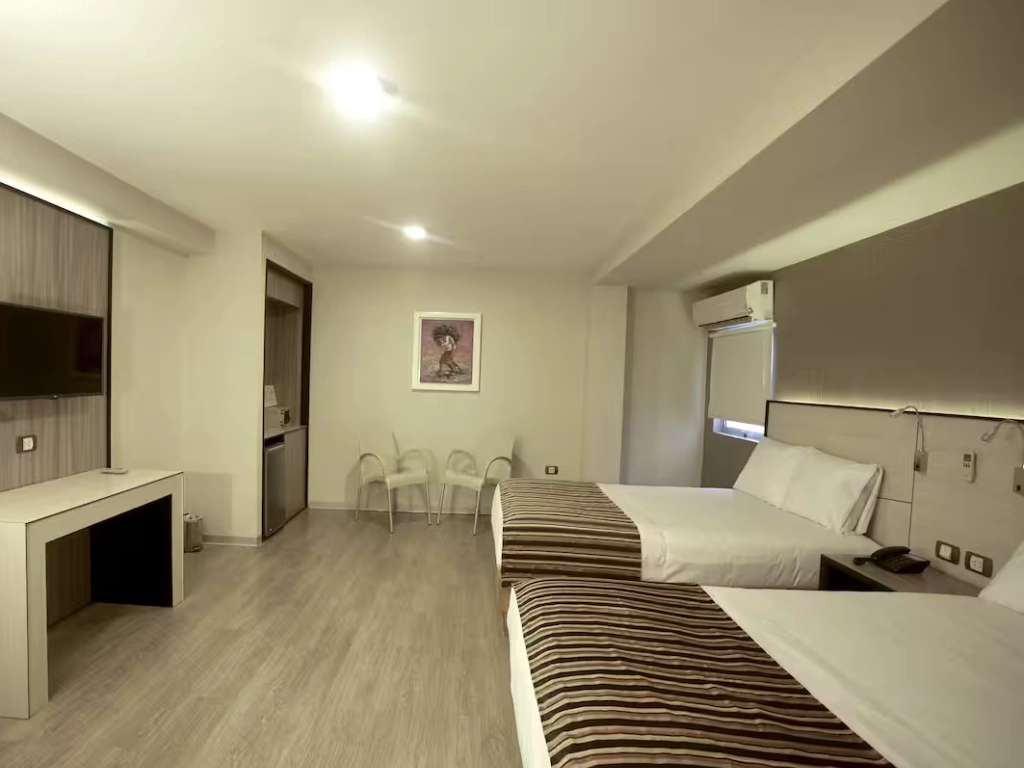Known as the gateway to the Peruvian Amazon, Iquitos is surrounded by rivers, lakes, and jungle—making it an ideal destination for adventure seekers.
It stands out for its rubber boom-era architecture, such as the iconic Iron House (Casa de Fierro), and for the rich heritage of indigenous cultures, showcased in its museums and traditions.
You can enjoy unique experiences like visiting the Monkey Island in Iquitos, meeting shamans and learning about their ayahuasca ceremonies, or listening to jungle legends like the Chullachaqui or the Yacumama, deeply rooted in Amazonian folklore.
Explore the Amazon with DREAMY TOURS!
Check out our travel packages to Peru, including tours to Iquitos, the Yacumama, the Chullachaqui, and Monkey Island.
Best Excursions and Guided Tours Iquitos
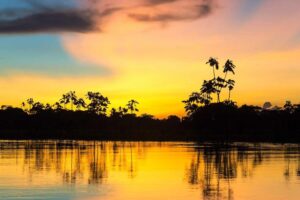
Yanayacu Communal Reserve – 4 Days Experience
The Yanayacu Reserve is surrounded by a black water river with a rather winding path that flows to the right ...
See More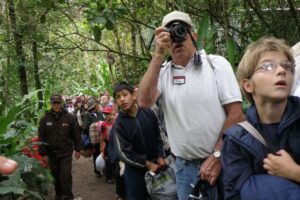
Yanayacu Community in the Amazon – 3 Days Experience
The Yanayacu Reserve is surrounded by a black water river with a rather winding path that flows to the right of the Marañón River. ...
See More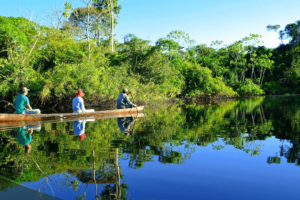
Pacaya Samiria – 3 Days Tour
The Pacaya - Samiria National Reserve is a protected area of Peru located in the department of Loreto in the Peruvian Amazon. ...
See More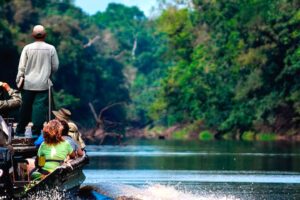
Birdwatching – 4 Days Tour
This program allows us to observe birds during the day and at night. In the company of our naturalist guides specialized in bird watching ...
See MoreQuestions
Frequently asked questions from our customers
What is Ayahuasca?
Ayahuasca is a sacred drink made from jungle plants, used for centuries by shamans in spiritual ceremonies. Also known as yajé or the drink of the spirits, many people travel to Iquitos to take part in guided ceremonies with a shaman—for healing, reflection, or connecting with nature. It’s a profound experience that should be approached with respect, in safe settings, and under the guidance of experienced healers.
What is the Pink River Dolphin?
The pink river dolphin (also called bufeo colorado) is a unique freshwater dolphin that lives in the Amazon rivers. For Indigenous communities, it’s a magical creature. Legends say it can turn into a man, wear a hat to hide its dolphin head, and charm women. Seeing a dolphin in the river is considered a lucky and special moment.
What is Yacumama?
Yacumama (also written yakumama or ayaymama) is an Amazonian legend about a giant serpent that lives underwater and protects rivers and lagoons. Its name means “Mother of the Water” in Quechua. Locals say it appears as a large stone head with glowing eyes and can drag people who don’t respect the river. Today, its story lives on in traditional dances like the Yacumama Dance, and it’s an important part of Iquitos folklore.
What is Shamanism?
Shamanism is an ancient spiritual practice of Indigenous Amazonian communities. It involves connecting with the spirits of nature through plants, songs, and rituals. In Iquitos, shamanism is deeply rooted and attracts people from around the world. A shamanic experience may include an ayahuasca ceremony, herbal baths, spiritual cleansings, or sacred jungle walks.
What is the Monkey Island in Iquitos?
Monkey Island in Iquitos is a sanctuary that rescues and cares for monkeys previously abused or kept as pets. Visitors can see species like the howler monkey, titi monkey, and squirrel monkey. Guides explain how they live, what they eat, and why protecting them matters. It’s a perfect visit for families and nature lovers.
Where Are the Tourist Attractions in Iquitos?
Iquitos’ tourist spots are both in and around the city:
- Tarapacá Boardwalk – A riverside promenade.
- Belén Market – Colorful and traditional.
- Iron House (Casa de Fierro) – Built by Gustave Eiffel.
- Isleta de los Botos – A place to spot pink dolphins.
- Native communities – For cultural and spiritual experiences.
- Nearby lagoons – Like Quistococha, great for boat rides.
What Are the Jungle Legends?
Amazonian jungle legends are stories passed down through generations by Indigenous communities. They feature magical beings like:
- Yacumama (Mother of the Water)
- Chullachaqui (a forest spirit or elf)
- Bufeo Colorado (enchanted pink dolphin)
These stories teach respect for nature, warn against getting lost in the jungle, and promote harmony with the forest spirits.
When Is the Best Time to Visit Iquitos?
The best time to visit Iquitos is during the dry season, from December to March:
- Less rain
- Jungle trails are firmer
- Easier to spot wildlife
- Great for hiking and boat trips
During the rainy season (April to November), the river rises, allowing boat access to flooded forests—ideal for seeing dolphins, monkeys, and exotic birds.
Where Is Pacaya-Samiria Located?
Pacaya-Samiria is deep in the Amazon rainforest in northern Peru. It’s a vast area of rivers, lagoons, and flooded forests. Access is mainly from Iquitos, with boat rides of 3 to 5 hours depending on your entry point. It’s known as the “Jewel of the Amazon” for its natural beauty and biodiversity.
What Places Should You Visit in Iquitos?
Iquitos has many incredible attractions:
- Tarapacá Boardwalk – Perfect for a walk along the Amazon River.
- Belén Market – Full of exotic fruits, crafts, and local food.
- Iron House (Casa de Fierro) – A historic building by Gustave Eiffel.
- Isleta de los Botos – Watch pink dolphins in their natural habitat.
- Quistococha Lagoon – Includes a zoo, botanical garden, and boat rides.
- Monkey Island – A rescue center for monkeys like the titi and marañón.
- Indigenous communities – Experience authentic Amazonian culture.
Where Exactly Is Pacaya-Samiria Located?
Pacaya-Samiria lies in the lower Amazon basin in the Loreto region. It is mainly accessed from Iquitos, via control points like San Regis or Yanayacu. It’s the perfect place to spot wildlife, go on jungle hikes, take boat tours, and stay with native communities.
What Amazon Animals Can You See in Pacaya-Samiria?
Pacaya-Samiria is home to hundreds of Amazon rainforest animals, such as:
- Pink river dolphin (bufeo colorado)
- Monkeys – Titi, howler, marañón
- Paiche – One of the largest freshwater fish in the world
- Black caiman and spectacled caiman
- Exotic birds – Macaws, herons, hoatzins
- Sloths, Amazon river otters, and even jaguars (though harder to spot)
It’s one of Peru’s top spots for wildlife viewing.
What’s the Weather Like in Iquitos?
Iquitos has an equatorial climate with high humidity and constant temperatures:
- Humidity: Over 80%
- Rainfall: Frequent, especially from February to April
- Wind: Light and barely noticeable
What to pack: Light clothing, rain gear, insect repellent, and comfortable shoes—essential for enjoying Iquitos’ tourist spots without issues.
What Is the Yacumama Dance and Where Is It Performed?
The Yacumama Dance is a traditional performance that tells the legend of Yacumama, the Mother of the Water. Dancers wear elaborate costumes representing a giant snake rising from the river. It’s performed at local festivals, especially in river communities or during cultural events in Iquitos. It’s a powerful way to keep jungle legends alive and promote respect for nature.
What is Iquitos?
Iquitos is the largest city in Peru with no road access. It’s deep in the Amazon rainforest, surrounded by the Amazon River. It’s the gateway to the Peruvian Amazon and a perfect place for unique experiences: visiting native communities, hearing legends like the Chullachaqui or Yacumama, and taking jungle tours. Iquitos is also known for its rubber boom history and vibrant river culture.
MAPA
What do shamans do in the jungle?
Shamans are the spiritual leaders of Amazonian communities. They know medicinal plants, connect with the spirits of nature, and perform healing ceremonies. In Iquitos, many tourists meet with shamans for ayahuasca ceremonies or energy cleansings. Shamans use sacred chants (called icaros), plants, and spiritual items like pusanga, a magical perfume for love or good luck.
Who is the Chullachaqui?
The Chullachaqui is one of the most feared spirits in Amazonian legends. He’s said to be a forest goblin with only one foot, walking backwards to confuse travelers. He can shape-shift into someone you know to trick you and lead you off the path. Indigenous stories use this legend to teach respect for nature and the dangers of getting lost in the jungle.
What is rubber and its connection to Iquitos?
Rubber was one of the Amazon’s biggest sources of wealth in the 19th century. During the rubber boom, Iquitos became a rich and modern city. Many immigrants came to work, and fancy buildings like the famous Iron House were built. Today, promoting Iquitos as a tourist destination also means remembering this history, which you can explore in museums or on city tours.
What to do in Iquitos?
There’s a lot to do in Iquitos:
- Visit Monkey Island, a rescue center for primates.
- Take a boat ride on the Amazon River.
- Explore the local markets with crafts and exotic fruits.
- Join an ayahuasca ceremony with a shaman.
- Hear jungle legends like the Yacumama or Chullachaqui.
- Take a night tour to see caimans.
- Ride the Iquitos ferry and see daily life on the river.
What is pusanga?
Pusanga is a traditional Amazonian perfume made with plants, flowers, and honey. It’s believed to attract love, luck, or protection. In some ceremonies, shamans spray pusanga on participants during spiritual cleansings. It’s an important part of shamanic traditions in Iquitos.
What is the Yacumama legend?
The Yacumama is a legendary giant snake that lives at the bottom of lakes and rivers. It has a stone-like head and glowing eyes. People say it appears when the river is angry or when someone disrespects the water. The legend is kept alive through traditional dances and stories, especially in Iquitos.
How to get to Iquitos?
There are only 3 ways to reach Iquitos, Peru:
- By plane: Direct flights from Lima (1 hour 40 minutes).
- By boat: Multi-day river trips from Yurimaguas (for adventure seekers).
- By ferry: Public boats along the Amazon River that connect small river towns.
There are no roads to Iquitos, making it a truly unique destination.
What to do in Iquitos in 3 days?
Here’s a 3-day plan for exploring Iquitos:
- Day 1: Visit Belén Market, the riverside boardwalk (malecón), and the Iron House. In the afternoon, relax at Quistococha Lagoon.
- Day 2: Go to Monkey Island and sail the river to see pink dolphins. At night, listen to a jungle legend like the Chullachaqui or Yacumama.
- Day 3: Take a short tour to a native community, join a pusanga ceremony, or visit a shaman center. For more adventure, begin a trip to Pacaya-Samiria.
Where is Pacaya-Samiria located?
Pacaya-Samiria is in the Loreto region of Peru, between the Marañón and Ucayali rivers—where the Amazon River begins. It’s one of the largest protected areas in Peru, covering over 2 million hectares of untouched rainforest.
Where to walk around in Iquitos?
Best places to explore in Iquitos:
- Malecón Tarapacá: river views and perfect sunsets.
- Identity Park: sculptures showing Amazonian culture.
- Quistococha Lagoon: ideal for walking, eating, and boat rides.
- Craft market: shop for souvenirs and taste fruits like aguaje or camu camu.
- Nature trails: some eco-lodges offer guided jungle hikes.
Which region is Pacaya-Samiria in?
Pacaya-Samiria is in the Loreto region, the largest in Peru and the heart of the Amazon rainforest. This reserve is one of the most important areas in the country for biodiversity and protecting species like monkeys, pink dolphins, and the giant paiche fish.
How to get to Pacaya-Samiria?
To visit Pacaya-Samiria, follow these steps:
- Fly to Iquitos (or arrive by boat from Yurimaguas).
- Book a tour with a local agency or community.
- Take a fast boat or ferry from the Iquitos dock.
- Sail for 3–5 hours to reach the entrance of the reserve.
Once inside, you’ll stay in eco-lodges and do guided jungle activities.
What’s the weather like in Iquitos?
Iquitos has warm and humid weather all year. Instead of seasons, there are two main times:
- Dry season (December to March): more sun, less rain, great for walking.
- Rainy season (April to November): more rain, rivers rise, ideal for boat trips through the flooded forest.
Temperatures usually range between 75°F and 93°F (24°C to 34°C).
What is the rubber connection with Iquitos?
Rubber was the main reason Iquitos became rich in the 1800s. During the rubber boom, thousands of workers came to extract latex from trees. That time left its mark with buildings like the Iron House and the Amazon Theater—symbols of a golden age. Today, visiting Iquitos also means learning this history through museums and city tours.
Guides
Iquitos Travel Guides
Ready for an adventure in the jungle and at the highest lake in the world?
In Iquitos, discover the Amazon: meet the Chullachaqui, the Yacumama, and local shamans with their powerful ayahuasca ceremonies. Visit Monkey Island Iquitos and take a boat ride on the Amazon River. The weather in Iquitos is warm all year, and the best time to visit is from December to March.
You can also visit the Pacaya-Samiria Reserve, home to pink river dolphins (bufeo colorado) and many jungle animals. To get there, you must fly or take a ferry from Iquitos along the river.
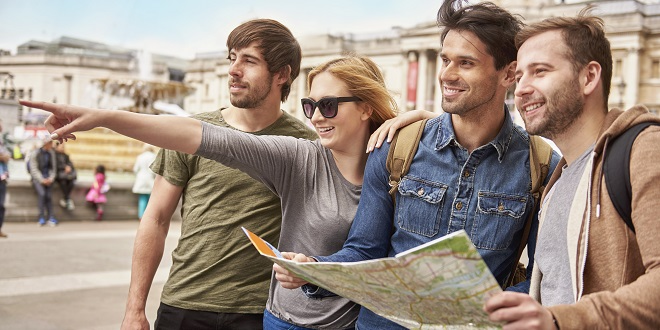
Transport
Transportation in Iquitos
At Dreamy Tours, we partner with Viamed Perú to offer safe, comfortable, and efficient transportation during your trip. Together, we organize reliable transfers by speedboat or riverboat—perfect for navigating the Amazon River and reaching places like Monkey Island Iquitos, native communities, or ayahuasca ceremony centers.
Everything is planned so you can enjoy your Amazon jungle adventure with no worries.

Accommodation
Accommodation in Iquitos
Find your new favorite place to stay in Iquitos, Peru. We offer safe and comfortable accommodations, from standard to superior, all located in the best area of the city.
All our lodgings are close to top attractions like Monkey Island Iquitos, the riverfront (malecón), and the artisan market, with easy access to transportation, restaurants, ayahuasca ceremonies, and jungle tours to discover legends like the Chullachaqui and the Yacumama. Perfect for travelers looking for comfort and a deep connection with the Amazon rainforest.
Start planning now!
Reviews
Experiences that speak for themselves
Get to know Iquitos
Discover what to see and do in Iquitos with our blogs!. Explore the jungle, meet its animals like the pink river dolphin, uncover legends like the Yacumama and the Chullachaqui, and enjoy unique experiences—such as visiting Monkey Island Iquitos or joining an ayahuasca ceremony with Amazonian shamans. Find helpful info about local culture, Amazonian indigenous communities, and travel tips to explore safely and peacefully.
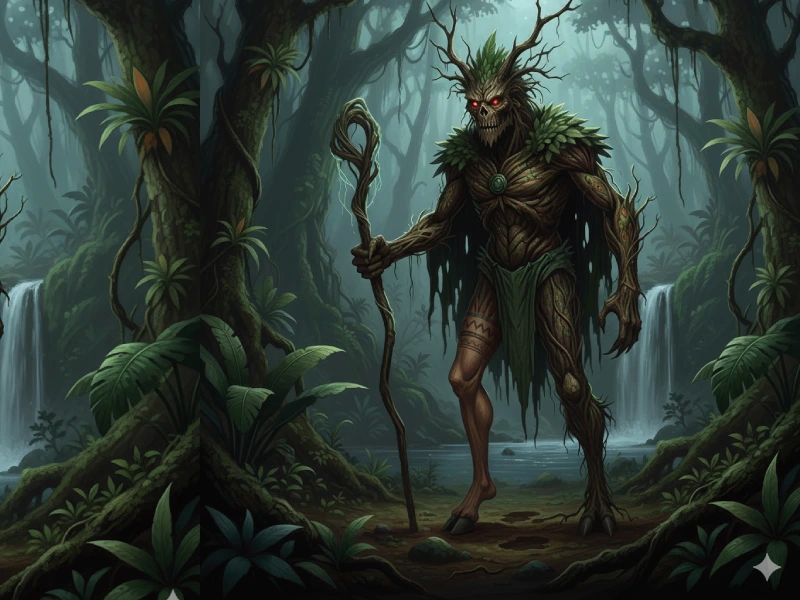 Blogs - iquitos
Blogs - iquitos
Legend of the Chullachaqui: Myths of the Jungle
The Legend of the Chullachaqui: The Guardian of the Jungle Myths and Legends of the Jungle: Beyond the Chullachaqui Encounters with the Chullachaqui: ...
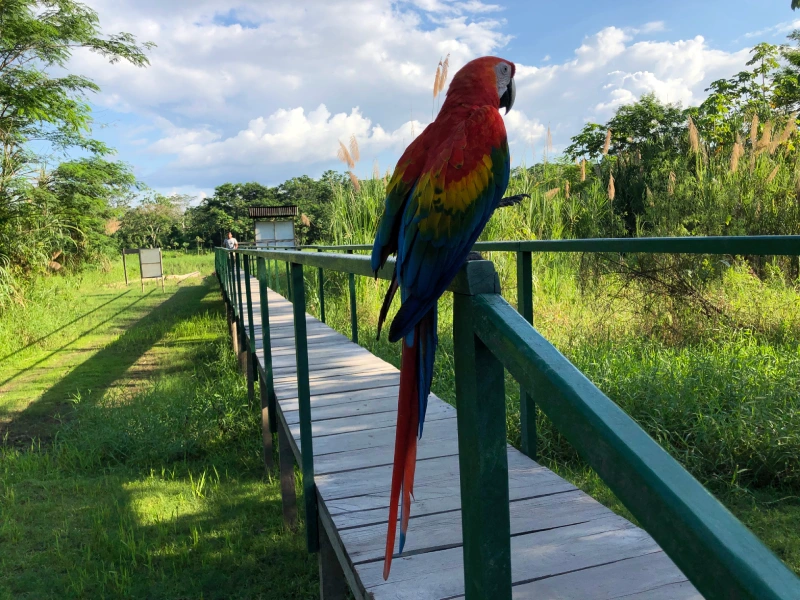
Tourist Places in Iquitos: Explore the Jungle
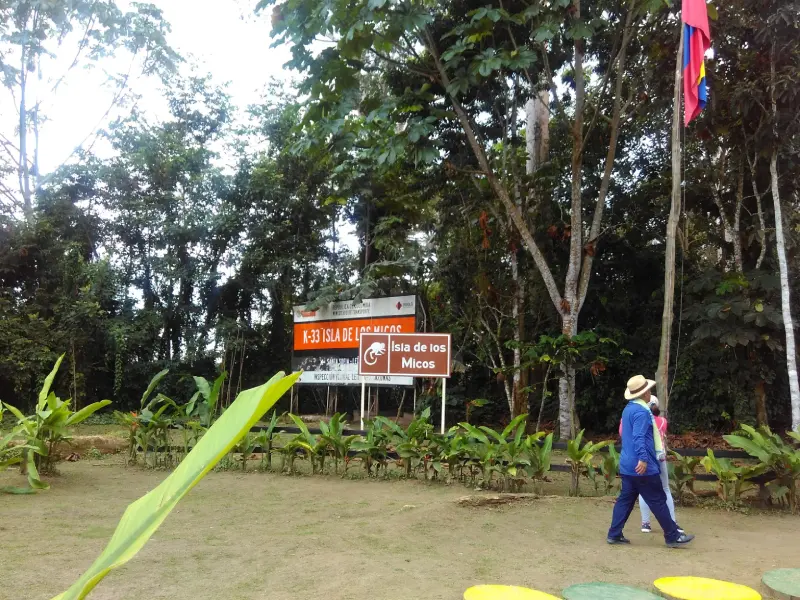
Monkey Island: Adventure in the Amazon


